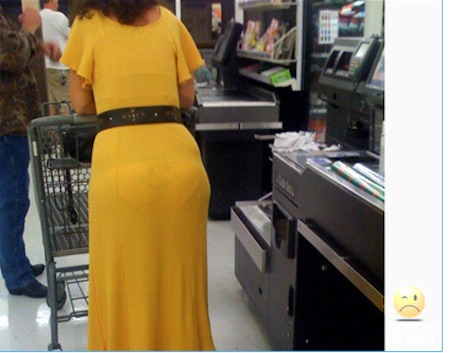Beware of hidden tricks |
| Stealth strategies can catch out unsuspecting consumers who have no idea the truth is being skewed |
One of the big challenges facing marketers continues to be communicating effectively with advertising-fatigued consumers, people who, in many cases, feel that they have heard it all before. A key tenet of most forms of marketing communications is that the message sender is identifiable, along with the accompanying commercial information. But not so with stealth marketing, a technique that has come into its own in the context of the multiple consumer-to-consumer and business-to-consumer conversations now taking place online.
Stealth marketing is the use of surreptitious methods by marketers that do not indicate or reveal their true relationship with the sender of the campaign message. Consumers may not know or realise they are being targeted. It is due to the marketer masking its identity and presenting a message that does not appear to be commercial. Sony Ericsson did it ten years ago when they used posers or disguised communicators to promote a new camera phone.
They hired 60 actors across ten US cities. The brief was to pose as tourists and to approach other tourists asking them to take a photo of the fake tourist with the T68i camera phone. Once the authentic tourist obliged, the fake tourist mentioned their newly acquired phone, talking up its features and benefits. Many unsuspecting tourists were at the receiving end of a clever sales pitch by Sony Ericsson, while never suspecting it was a marketing ruse.
Variations of this have been used by other marketers with hired hands acting out ‘scams’ in shopping malls and bars. Another example of stealth marketing is that of the fake blog or ‘flog’ where a blog is purportedly written by consumers or unbiased sources, but it later transpires that the blog is sponsored or constructed by corporate interests.
‘Wal-Marting Across America’ referred to a blog launched by two tourists, Laura and Jim, as they made their way around the US in a recreational vehicle. The couple blogged about the locations, sights, people and experiences they encountered on their travels. They parked for free in Wal-Mart car lots and part of their story-telling revolved around the friendly shop employees with whom they struck up a conversation. While Laura and Jim’s blog showed a logo for a grassroots group called Working Families for Wal-Mart (WFWM), the blog did not declare the retail giant had subsidised the couple’s expenses, including flights, car and fuel.
 |
HAPPY WITH COVER-UPWal-Mart ran a stealth marketing campaign where Laura and Jim were hired as travelling bloggers to extol the retail giant’s virtues. It was later shown that Jim Thresher was a photographer who worked for the Washington Post and Laura St Claire was his girlfriend. |
Stealth marketing also covers the posting of positive online reviews which are presented as if they were written by a discriminating consumer who had experience of the brand in question, whereas the critique had been crafted by a corporate interest. What all of the above have in common is that the consumers at the receiving end of each approach may not be aware that they are being closely targeted by a commercial interest, not a normal market interface.
An obvious question arises: what are the benefits accruing from a form of communication that is fundamentally based on hiding the true sender’s identity and the commercial nature of the message? It has long been accepted that consumer-to-consumer conversations can be seen to carry more weight and credibility than company-originated communications.
The Sony Ericsson fake tourist who enthused about the new camera phone may have stimulated interest in the product among authentic tourists. So, the commercial message gets planted and positive word of mouth (WOM) may result from where consumers feel they have stumbled upon or were one of the first to come across a certain brand experience. It follows that where there is enough interest and curiosity in such an offering, the resulting chatter and hype may cause the message to go viral as consumers inform others. The challenge of trying to interest the advertising-inured consumer has been surmounted as the seeds of the commercial message have been sown, albeit in an unconventional way.
But there are ethical questions about the use of stealth marketing. There is the potential for deception when employees or hired third parties present themselves as being unbiased consumers. Sony Ericsson said that the fake tourists would have admitted they were working for the company, if asked. The inference is that the intention was not to voluntarily disclose the connection. Similarly, concerns of misleading consumers and exploiting their goodwill arise, with the suggestion that a concerted surge in the use of stealth marketing may cause consumers to become more suspicious and sceptical towards marketing as a whole.
For example, picture a scenario where a fellow commuter on your bus/train/Luas finishes reading their newspaper and politely asks you if you would like to read it. We would probably presume they are merely being considerate. What if the person standing next to you in Eason’s strikes up a conversation, pointing out a book he had read and would particularly recommend? In such everyday interactions, can we continue to assume that we are talking to fellow, unbiased consumers and not employees hard at work?
Dr Margaret-Anne Lawlor is a lecturer in marketing communications at DIT Aungier Street.









